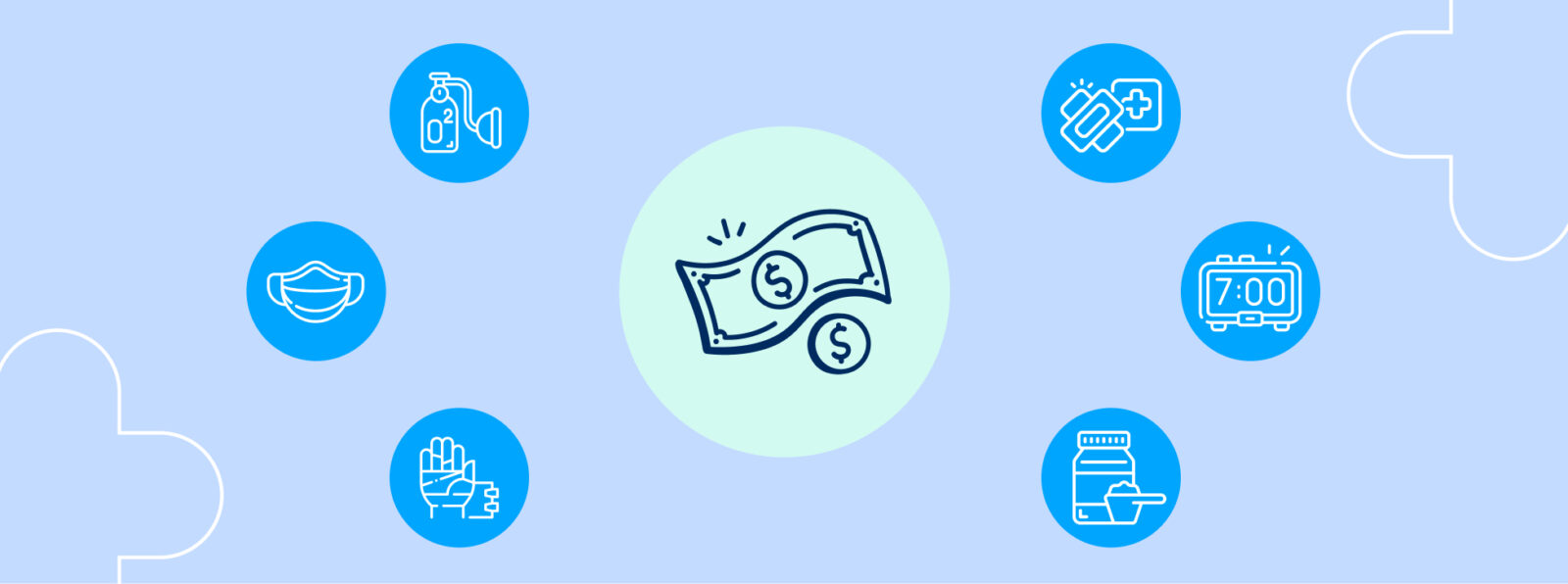
NDIS Core Support: Transport
General Transport
This core support item can be used to help with transport to any activity or event, as long as the activity will help you meet your goals. Although there are no provider price limits, there are several levels that set a maximum annual amount, depending on your situation and needs. You can use this allowance to pay for taxis, rideshare services, public transit, or other transport services that meet your needs.
- Level 1: You may be eligible for this level if you do not work or go to school, and you want transport to help you access general community events, activities, and resources.
- Level 2: You may be eligible for this level if you attend work, school, or a day program part-time for less than 15 hours per week. You can use this allowance for transport to any community location or event, not just work or school.
- Level 3: You may be eligible for this program if you attend work, school, or a day program for 15 hours per week or more. You can use this allowance for transport to any community location or event.
Note: Your transport allowance does not change if you live in a remote or very remote location.
Specialised Transport
You’ll use a different support item in your NDIS budget if you need specialised transport, such as transport in a modified vehicle. This item is subject to the same rules and maximum limits as General Transport.

Other Transport Supports
Your Core Support: Transport budget is not the only way you can receive NDIS funding to help with the cost of transport to work, school, and activities. There are three other support budgets that you can use toward the cost of transport:
- You can pay a support worker to drive you to events and activities or to assist you while you travel on public transit. This funding can be claimed through your Assistance with Social, Economic, and Community Participation core support budget.
- You can increase your ability to transport yourself independently with funds from your Improved Daily Living Capacity Building budget. This support can help you take lessons on using public transit, take driving lessons, or otherwise increase your ability to transport yourself around your community.
- You can modify a vehicle so you can drive it using your Assistive Technology Capital Supports budget.
- By via
- By via
- By via


